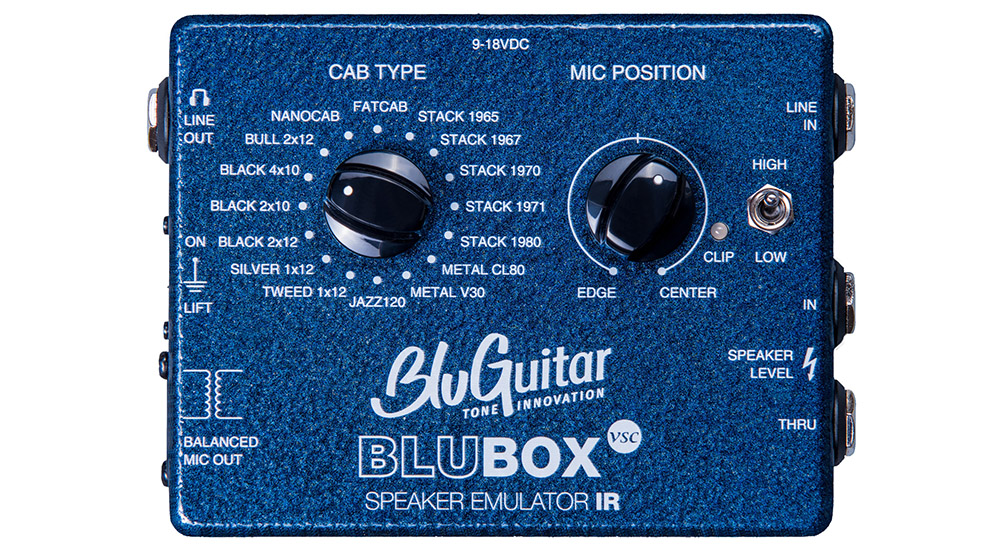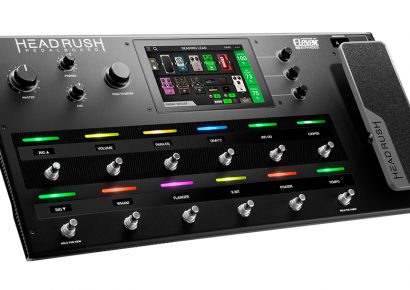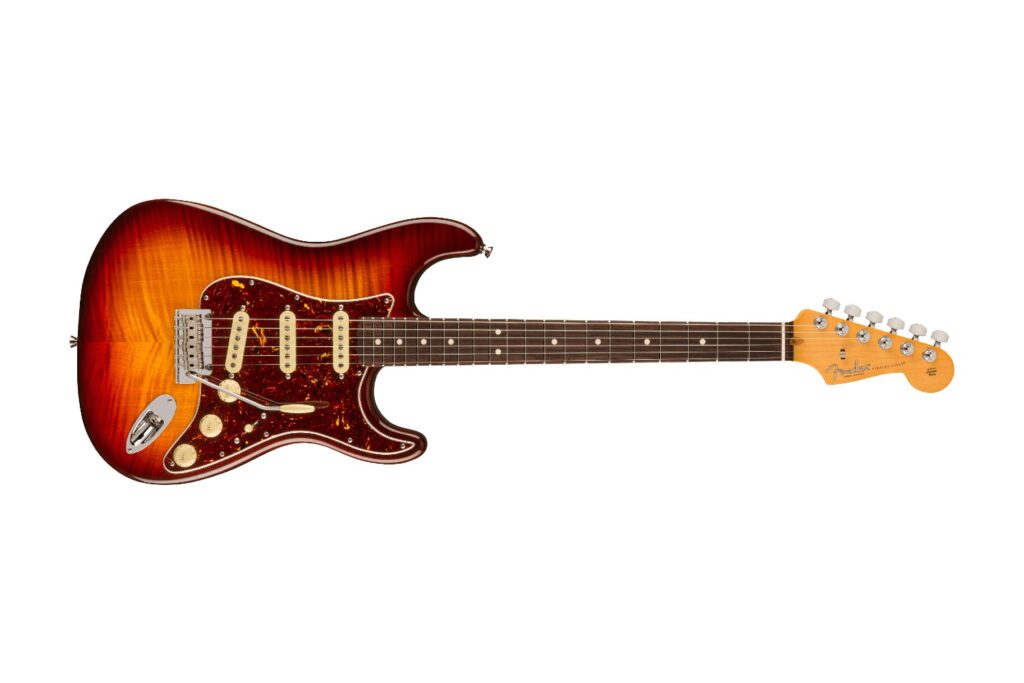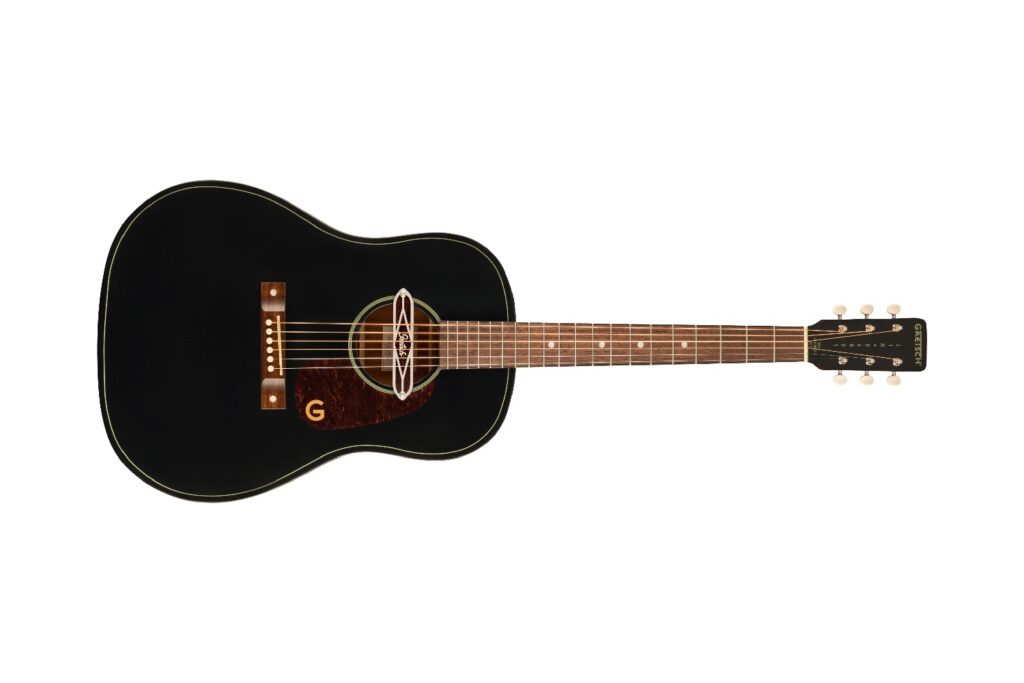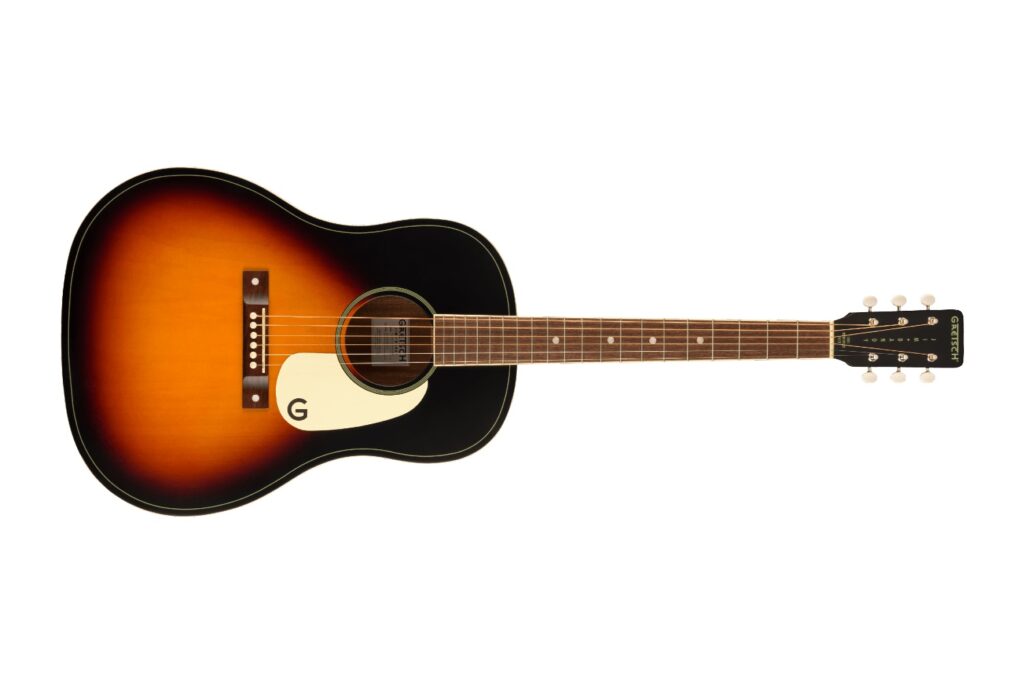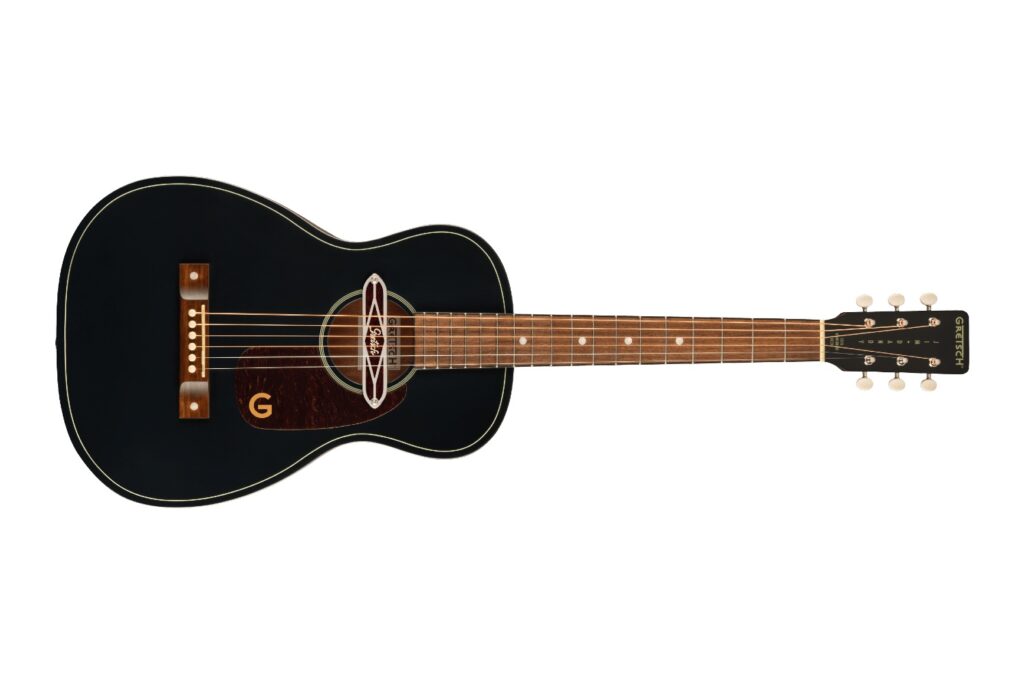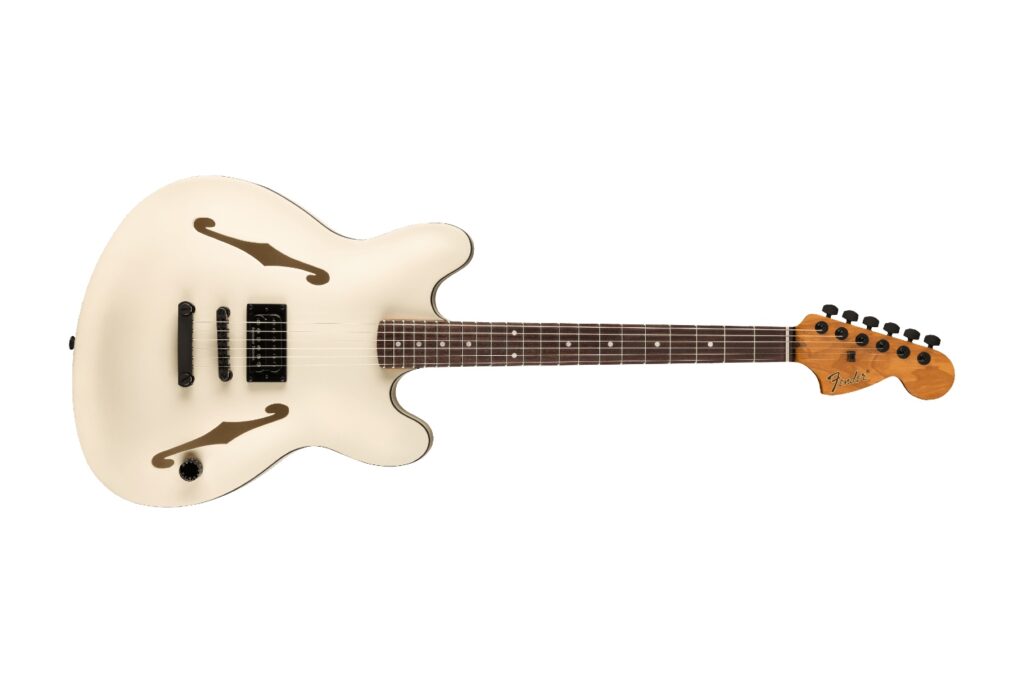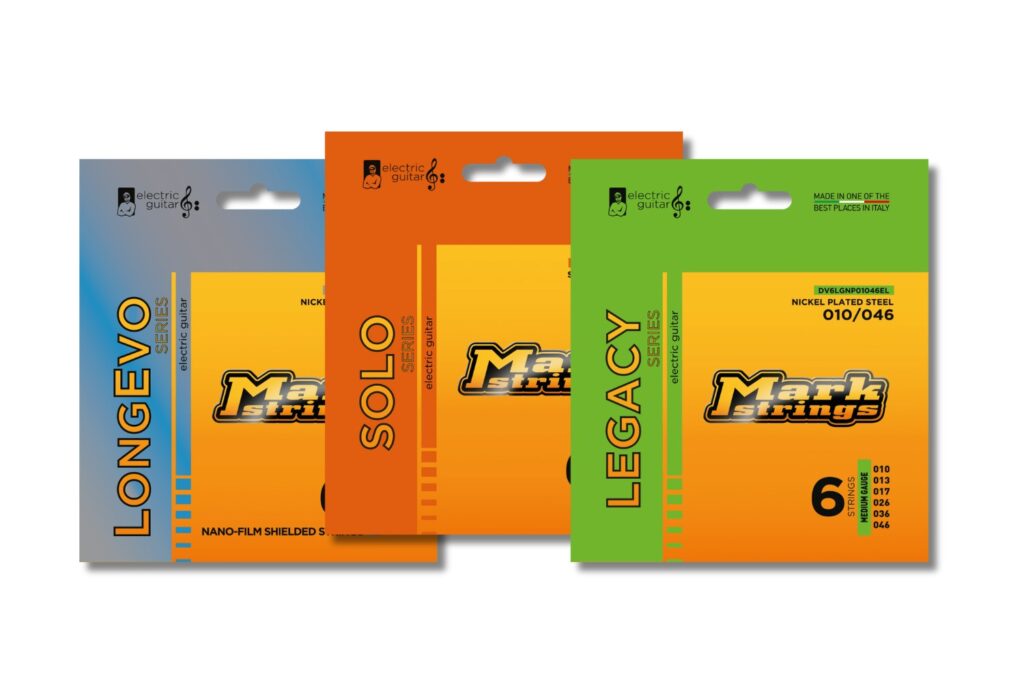The idea of taking a direct signal from your guitar amp for recording or for live use is by no means a new concept. But when you’re running a valve amp head, you want to capture the sound of not only the preamp, but also the power amp stage of that amp. The only way to do this is to get into the signal chain after the power amp. This rules out linking off the effects loop, a preamp output or many emulated line outputs that a lot of amps offer. To do it, you need a device that takes the amplified signal before it gets to the speakers and converts that into a line level that is usable in a mixing console or recording interface. It’s a simple enough concept when you think it through, but to get it right is another story.
This is exactly what BluGuitar have done with their new BluBOX. But this device doesn’t just offer a signal from the power amp, as the team at BluGuitar know you want that certain speaker cabinet sound in your DI signal as well. So being the innovators they are, the team at BluGuitar have offered us a choice of 16 different cabinets to choose from. It seems that everyone is talking about Impulse Responses at the moment, but it is one of the latest details being taken into account in amp modelling and profiling. So BluGuitar are using IRs to change how your signal sounds through the BluBOX to emulate a range of classic speaker cabinets. You get all the usual suspects with tweed, silver and black faced American speakers, a Jazzy combo, some very British stacks and a few classic Celestion speakers along with some more modern boxes too. This means you can monitor with your standard speaker cabinet, but record with an emulated version of a range of cabinets at the turn of a dial.
When you’re recording a speaker cabinet in the studio, you usually place a microphone in front of the speakers in a position that best suits the cabinet. The BluGuitar team haven’t discounted that factor either, allowing you to adjust the microphone position to bring it right into the centre of the speaker for a more aggressive punch to your sound, or dragging it out to the edge of the speaker where you get a smoother, more articulated response. You’ll still need to run a speaker cabinet with this unit; it doesn’t act as a load box, so it isn’t going to give you that silent recording option, but it does give you a big range of speaker cabinets without the issue of room noise and phase cancellation from standing waves. This takes the guesswork out of getting a great guitar sound on loud stages too, with a perfect signal getting through to the PA every time. The only decision, is what cabinet do you want the sound from tonight?
